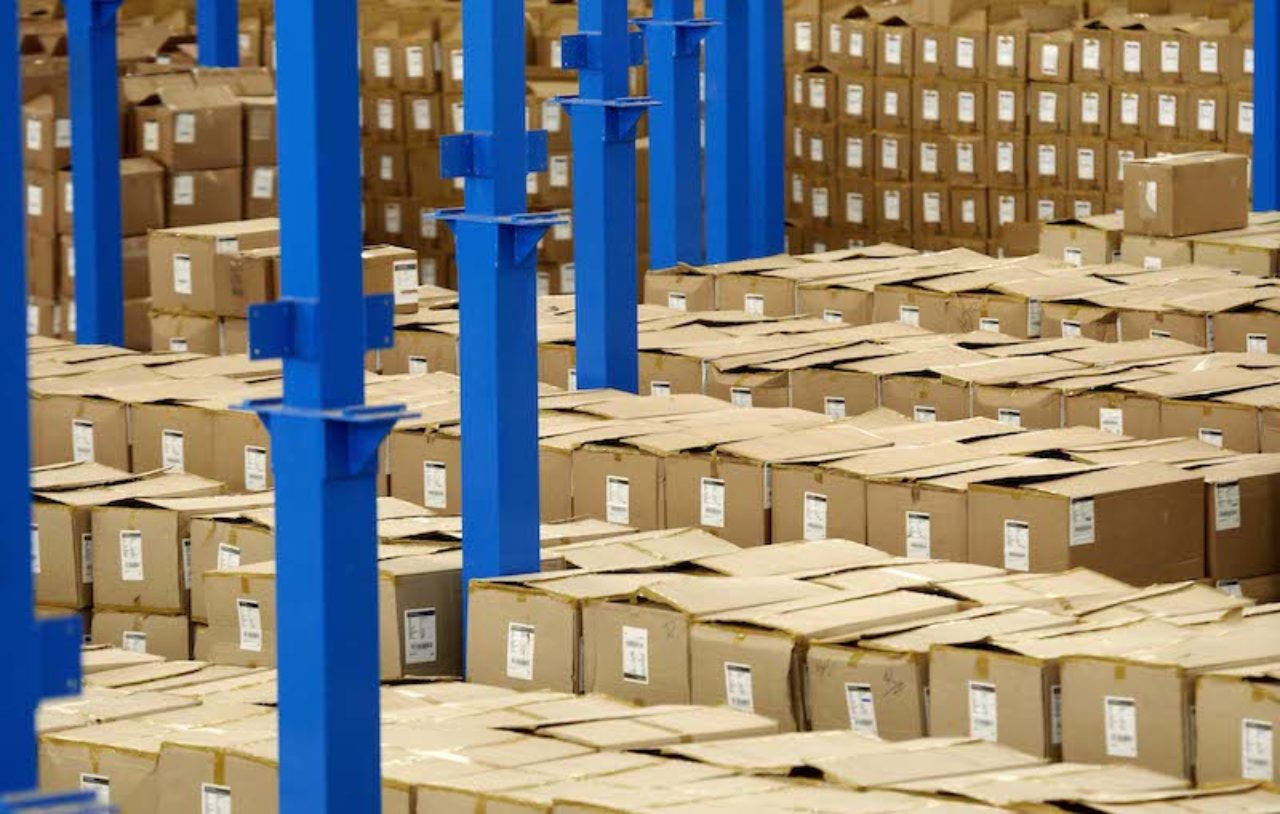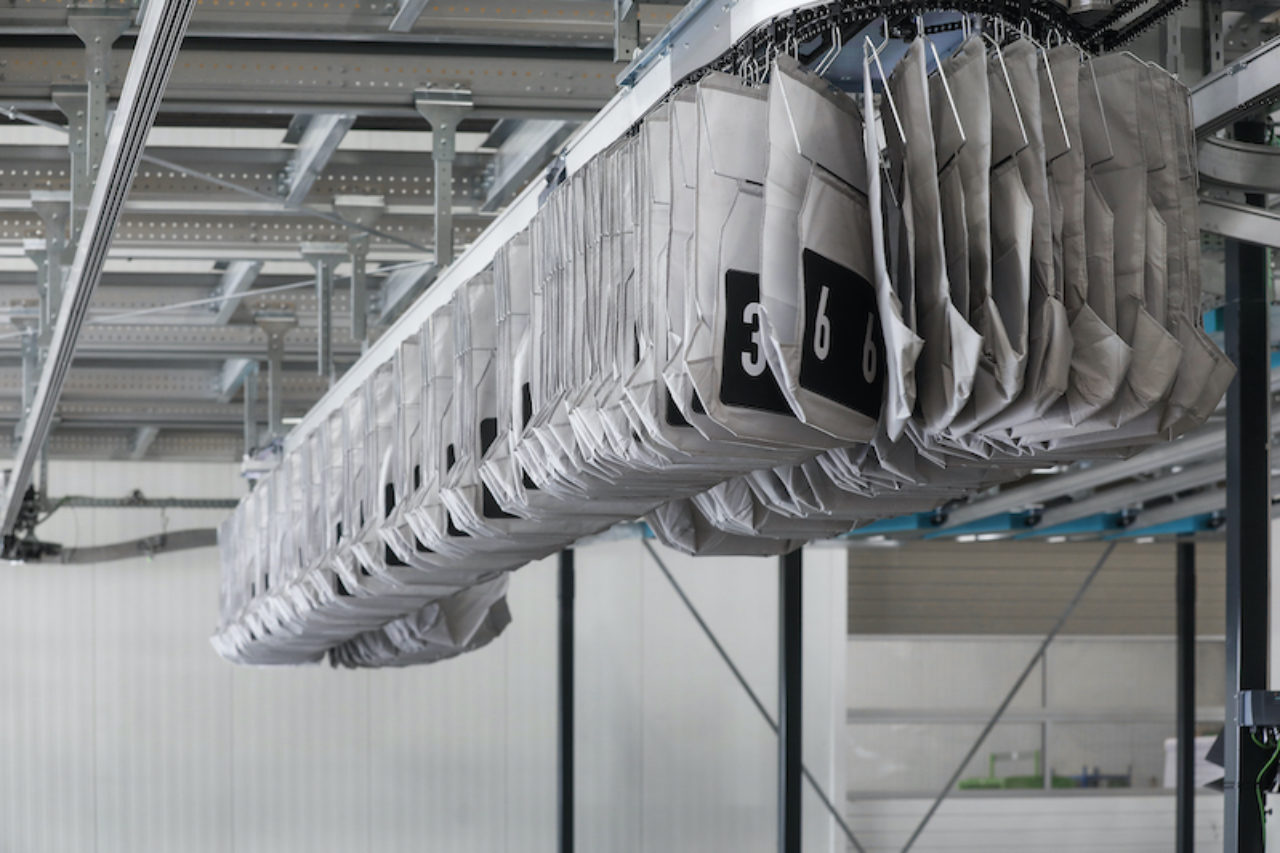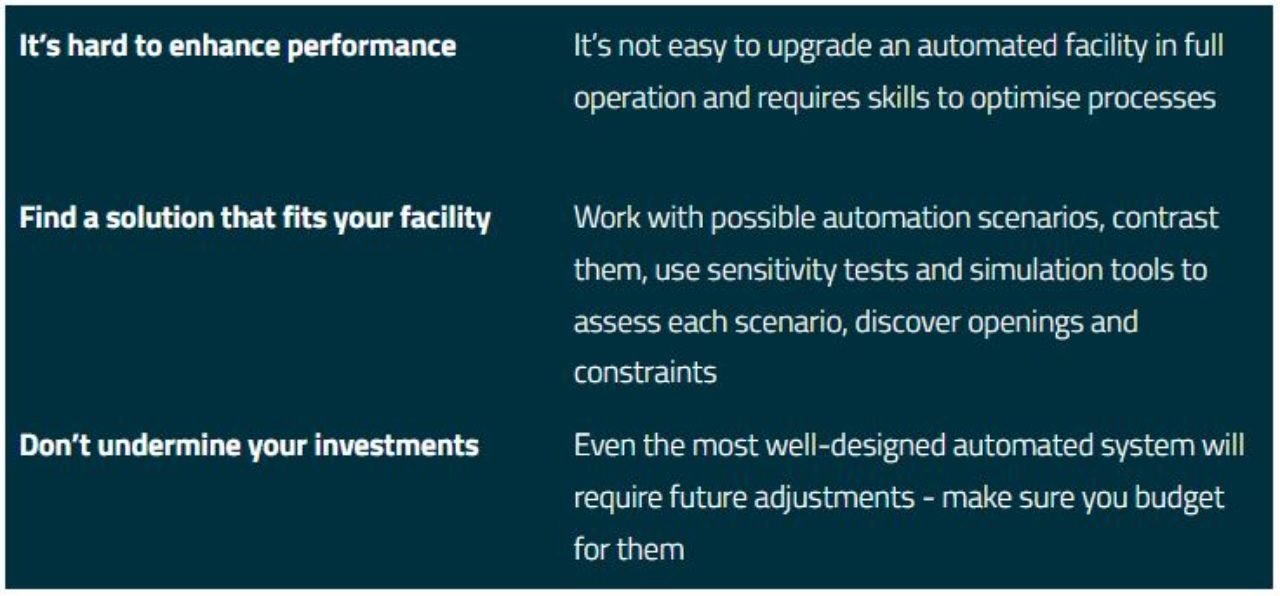Managing both B2B and B2C customers
The surge in e-commerce has driven many more B2C customers to fashion distribution and fulfilment centres. If you are used to operating cost-effective facilities for just your B2B customers, how can you now successfully run omnichannel operations?
Direct to consumer fulfilment issues
Dealing with B2C customers involves overcoming a number of issues:
- Handling extensive numbers of e-shoppers ordering just one or two items;
- Doing the job of the retailer within your facility;
- Finding the space to cope with the volumes; and
- Carrying current season stock that’s no longer moved into shops.
Approaches to B2B and B2C fulfilment
There are different ways you can manage omnichannel fulfilment as a fashion intralogistics operator. You can operate separate facilities or separate areas for your B2C and B2C production. Or, you can merge the two types of fulfilment and split the operations only at the point of outbound fulfilment.
Strategies for handling omnichannel customers
Whether integrated omnichannel fulfilment is the right answer will be different for every fashion logistics facility. You need to consider your current structure, process and space. Think about your budget, ROI and resources, as setups adaptable to both B2B and B2C are expensive.
Handling B2B and B2C simultaneously
Technologies such as pouch sorter systems, automated guided vehicles, robots and artificial intelligence can help you cope with increased B2C orders. But you should first assess the key factors mentioned above with the help of an expert systems integrator.
Related: “How fashion fulfilment centres can structure their systems for both B2B and B2C”
Key takeaways
- B2C fulfilment is challenging: Fulfilment orders are unpredictable, tend to come in individual units and require more space.
- Ways to approach omnichannel fulfilment: You can manage your B2B and B2C separately or simultaneously but there are factors to consider.
- Factors to consider: Look at your existing structures, budget, ROI and resources.
- Unifying B2B and B2C: New technologies, such as the pouch system, are available; a system integrator can help determine the best solution.









